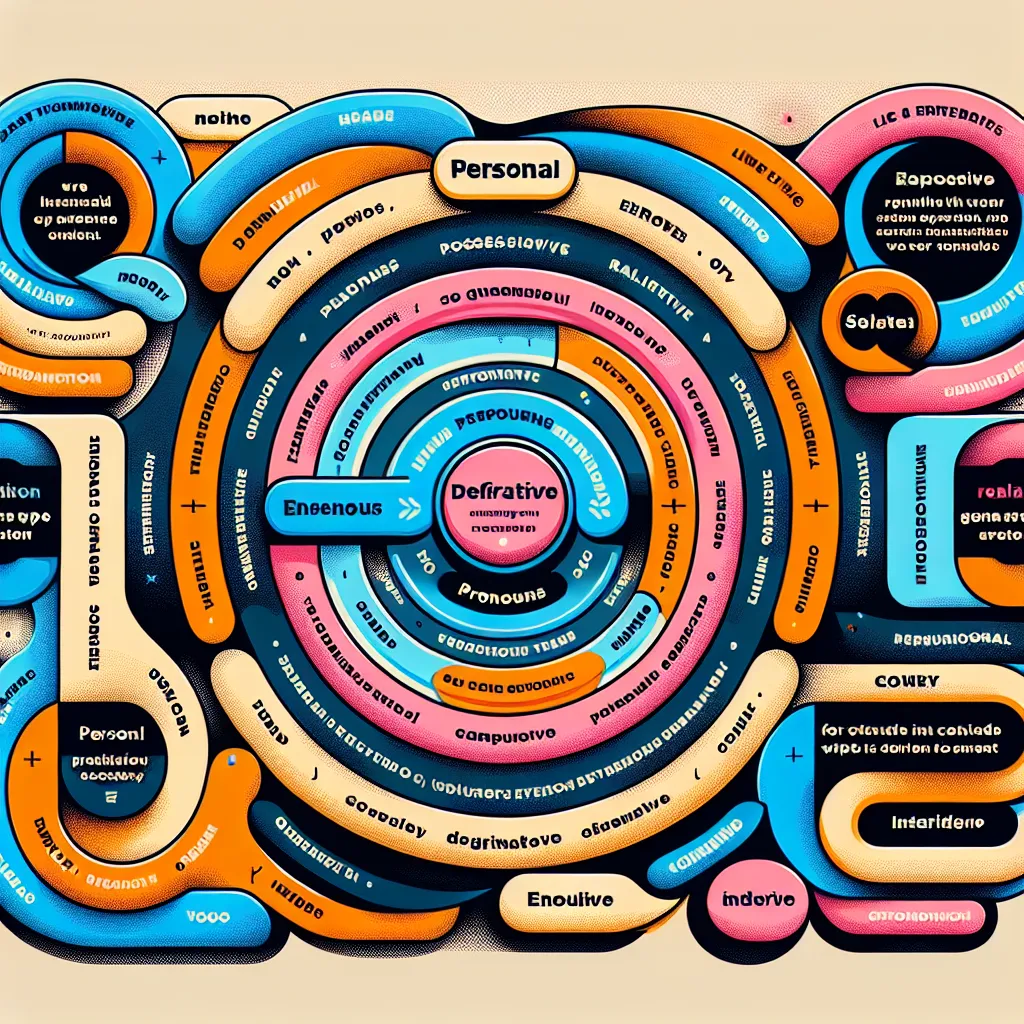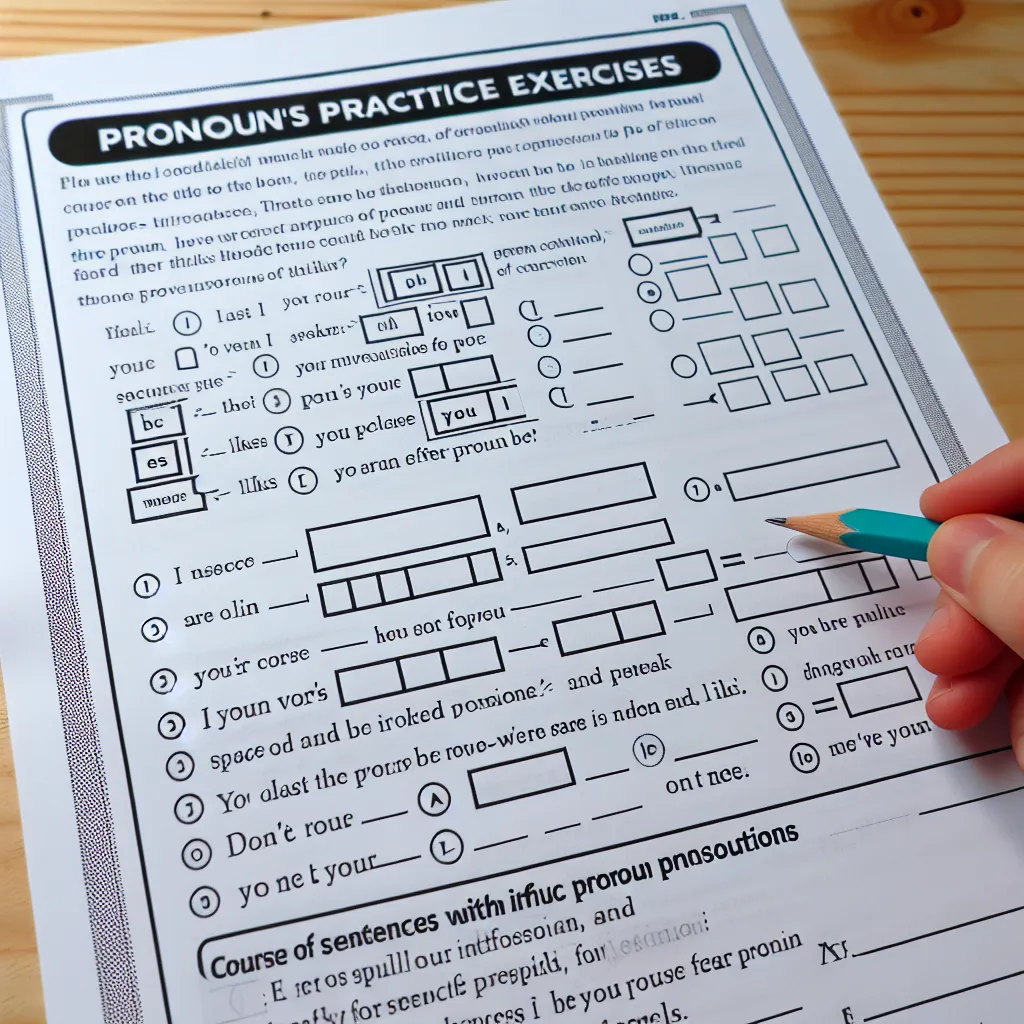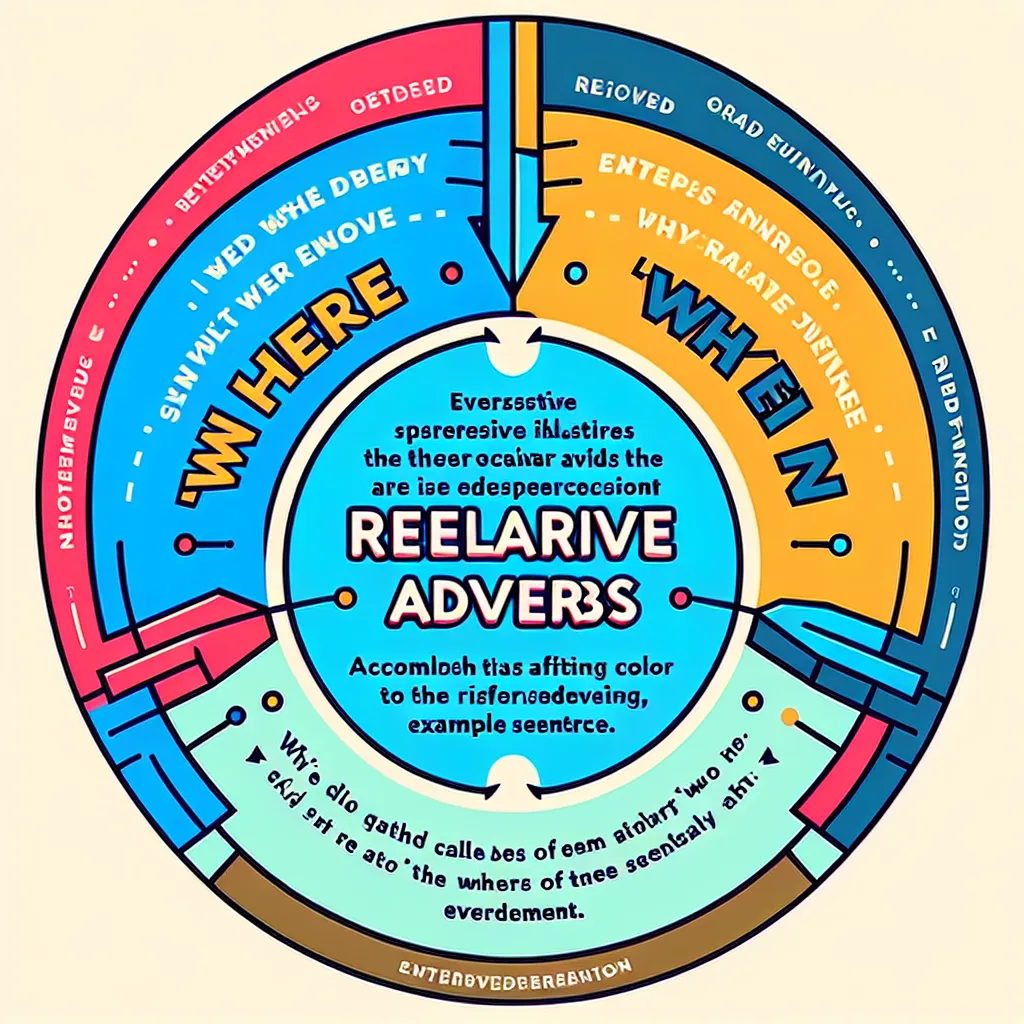Mastering the use of pronouns in English is a crucial step towards achieving fluency and precision in your language skills. Pronouns play a vital role in creating cohesive and clear communication, allowing us to refer to people, objects, and ideas without constant repetition. This guide will help you navigate the complexities of English pronouns and provide you with strategies to use them effectively.
Understanding the Importance of Pronouns
Pronouns are essential in English for several reasons:
- They help avoid repetition and make sentences more concise.
- They contribute to the flow and coherence of your speech and writing.
- They allow for clear reference to previously mentioned subjects.
- They can indicate formality, gender, and number.
Understanding how to use pronouns correctly can significantly improve your English proficiency and help you communicate more effectively.
 English Pronouns
English Pronouns
Types of Pronouns in English
To master pronouns, it’s crucial to understand the different types and their functions. Here’s a comprehensive list:
1. Personal Pronouns
Personal pronouns are used to refer to specific people or things. They change form depending on their function in a sentence (subject or object) and the number and gender of the noun they replace.
Examples:
- Subject pronouns: I, you, he, she, it, we, they
- Object pronouns: me, you, him, her, it, us, them
Usage:
- “She went to the store.” (subject pronoun)
- “The teacher gave him a book.” (object pronoun)
2. Possessive Pronouns
Possessive pronouns show ownership or possession.
Examples: mine, yours, his, hers, its, ours, theirs
Usage:
- “That book is mine.”
- “Is this pen yours?”
3. Reflexive Pronouns
Reflexive pronouns are used when the subject and object of a sentence are the same.
Examples: myself, yourself, himself, herself, itself, ourselves, yourselves, themselves
Usage:
- “I hurt myself while cooking.”
- “They prepared themselves for the exam.”
4. Demonstrative Pronouns
Demonstrative pronouns point out specific things.
Examples: this, that, these, those
Usage:
- “This is my favorite book.”
- “Those are the shoes I want to buy.”
5. Indefinite Pronouns
Indefinite pronouns refer to non-specific people or things.
Examples: someone, anyone, everyone, no one, something, anything, everything, nothing
Usage:
- “Someone left their umbrella in the office.”
- “Is there anything I can do to help?”
6. Relative Pronouns
Relative pronouns introduce relative clauses and connect them to independent clauses.
Examples: who, whom, whose, which, that
Usage:
- “The woman who called earlier left a message.”
- “The book that I’m reading is fascinating.”
For a deeper understanding of relative pronouns, you might find this article helpful: How Can I Improve My Understanding of Relative Pronouns?
7. Interrogative Pronouns
Interrogative pronouns are used to ask questions.
Examples: who, whom, whose, which, what
Usage:
- “Who is coming to the party?”
- “Whose book is this?”
Common Challenges and How to Overcome Them
Mastering pronouns can be tricky, especially for non-native English speakers. Here are some common challenges and tips to overcome them:
-
Subject-Object Confusion: Remember that subject pronouns (I, he, she, etc.) perform the action, while object pronouns (me, him, her, etc.) receive the action.
-
Gender-Neutral Pronouns: In modern English, “they” is often used as a singular, gender-neutral pronoun. For example, “Each student should bring their own laptop.”
-
Who vs. Whom: “Who” is used for the subject of a clause, while “whom” is used for the object. A simple trick is to replace “who/whom” with “he/him” – if “him” sounds right, use “whom.”
-
Its vs. It’s: “Its” is possessive, while “it’s” is a contraction of “it is” or “it has.”
-
Pronoun Agreement: Ensure that pronouns agree in number and gender with their antecedents (the nouns they replace).
Practice Exercises
To truly master pronouns, regular practice is key. Here are some exercises you can try:
-
Pronoun Replacement: Take a paragraph and replace all nouns with appropriate pronouns.
-
Fill-in-the-Blank: Create sentences with missing pronouns and practice filling them in correctly.
-
Identifying Errors: Find and correct pronoun errors in sample sentences or paragraphs.
-
Writing Practice: Write short stories or essays focusing on using a variety of pronouns correctly.
-
Conversation Practice: Engage in conversations with native speakers, paying special attention to pronoun usage.
 Pronoun Practice Exercise
Pronoun Practice Exercise
Advanced Pronoun Usage
As you become more comfortable with basic pronoun usage, you can explore more advanced concepts:
-
Dummy Pronouns: Understanding the use of “it” and “there” in sentences like “It’s raining” or “There are many books on the shelf.”
-
Emphatic Pronouns: Using reflexive pronouns for emphasis, e.g., “I myself prefer tea to coffee.”
-
Pronoun Case in Comparisons: Correctly using pronouns in comparisons, e.g., “She is taller than I (am)” vs. “She is taller than me.”
-
Pronoun Shifts: Maintaining consistent pronoun usage throughout a piece of writing, especially when shifting between singular and plural or between different points of view.
For more advanced grammar topics, you might find this article on How to Use Advanced Sentence Modifiers helpful.
Tips for Mastering Pronouns
-
Read extensively in English, paying attention to pronoun usage in different contexts.
-
Listen to native English speakers and note how they use pronouns in conversation.
-
Practice writing regularly, focusing on using a variety of pronouns correctly.
-
Use grammar checking tools to identify and correct pronoun errors in your writing.
-
Study the rules of pronoun usage, but also expose yourself to natural language use through movies, podcasts, and conversations with native speakers.
-
When in doubt, restructure your sentence to avoid ambiguous pronoun usage.
-
Keep a journal of pronoun errors you frequently make and consciously work on correcting them.
Conclusion
Mastering the use of pronouns in English requires patience, practice, and persistence. By understanding the different types of pronouns, recognizing common challenges, and engaging in regular practice, you can significantly improve your pronoun usage. Remember that even native speakers sometimes struggle with certain aspects of pronoun use, so don’t be discouraged if you find it challenging at times.
Continue to expose yourself to various forms of English content, practice regularly, and don’t hesitate to ask for clarification when you’re unsure. With time and effort, you’ll find yourself using pronouns with greater confidence and accuracy, enhancing your overall English communication skills.
For further improvement in your English grammar skills, you might want to explore the differences between formal and informal grammar in this article: How Do I Learn the Difference Between Formal and Informal Grammar?
Keep practicing, and soon you’ll be using pronouns like a native speaker!




